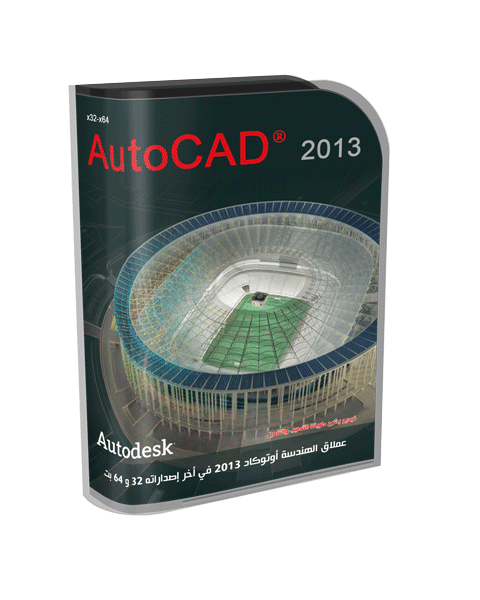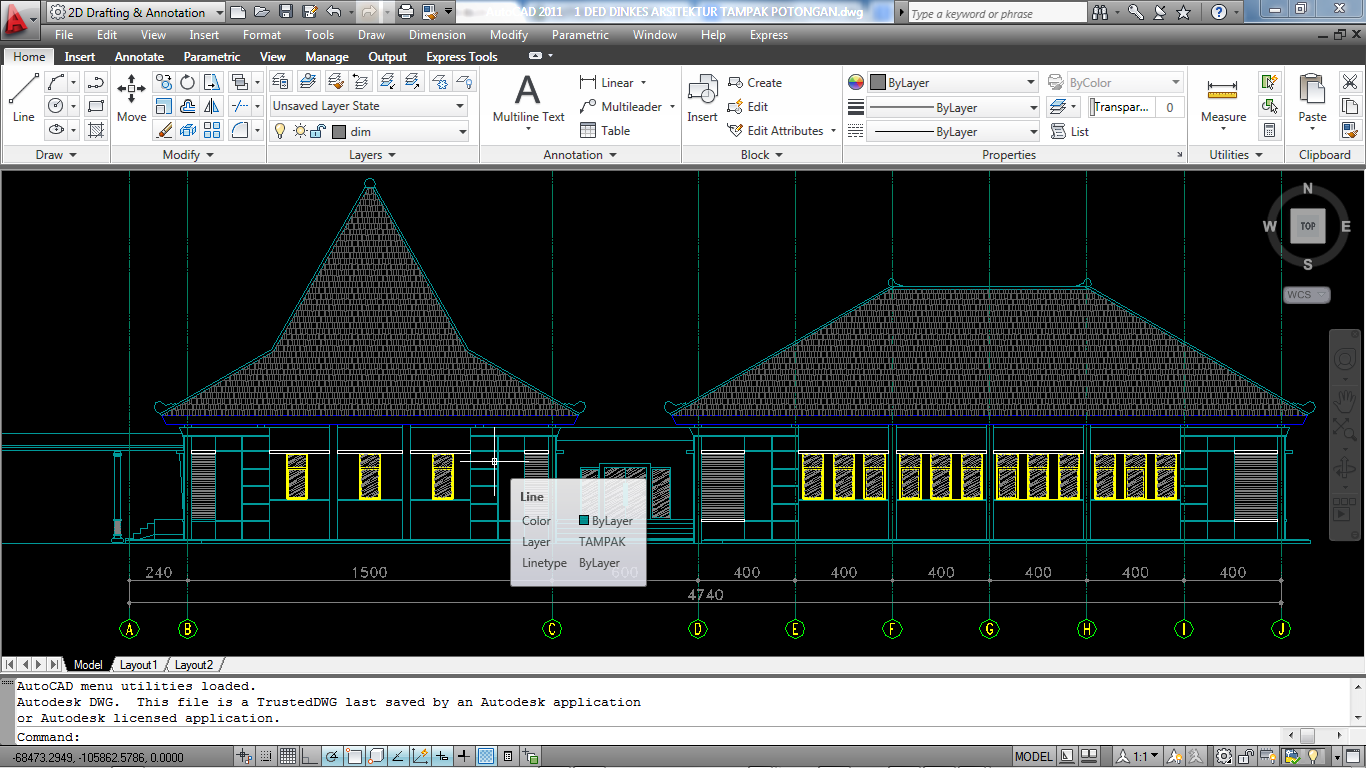
Kathryn Strutynski, a friend of Kildall from Naval Postgraduate School (NPS) times, became the fourth employee of Digital Research Inc. Under Kildall's direction, the development of CP/M 2.0 was mostly carried out by John Pierce in 1978. Various aspects of CP/M were influenced by the TOPS-10 operating system of the DECsystem-10 mainframe computer, which Kildall had used as a development environment. It was written in Kildall's own PL/M ( Programming Language for Microcomputers). Gary Kildall originally developed CP/M during 1974, as an operating system to run on an Intel Intellec-8 development system, equipped with a Shugart Associates 8-inch floppy-disk drive interfaced via a custom floppy-disk controller.

CP/M was eventually displaced by DOS following the 1981 introduction of the IBM PC.ĬP/M advertisement in the 29 November 1982 issue of InfoWorld magazine Early history An important driver of software innovation was the advent of (comparatively) low-cost microcomputers running CP/M, as independent programmers and hackers bought them and shared their creations in user groups. CP/M increased the market size for both hardware and software by greatly reducing the amount of programming required to install an application on a new manufacturer's computer. This computer platform was widely used in business through the late 1970s and into the mid-1980s. The combination of CP/M and S-100 bus computers became an early standard in the microcomputer industry. Initially confined to single-tasking on 8-bit processors and no more than 64 kilobytes of memory, later versions of CP/M added multi-user variations and were migrated to 16-bit processors.


Intel 8080, Intel 8085, Zilog Z80, Zilog Z8000, Intel 8086, Motorola 68000ĬP/M, originally standing for Control Program/Monitor and later Control Program for Microcomputers, is a mass-market operating system created in 1974 for Intel 8080/ 85-based microcomputers by Gary Kildall of Digital Research, Inc. Originally closed source, now open source


 0 kommentar(er)
0 kommentar(er)
